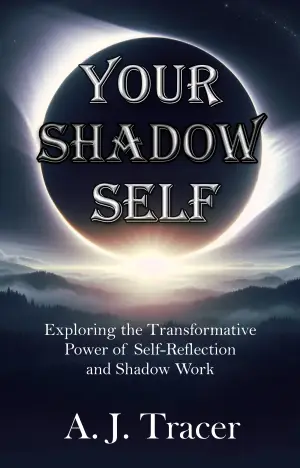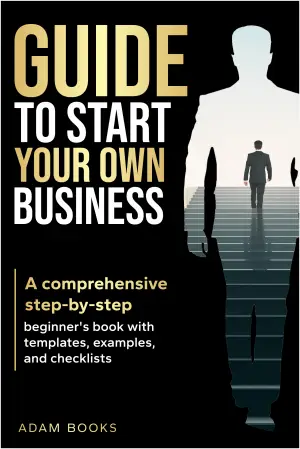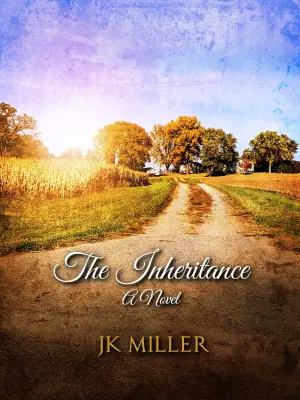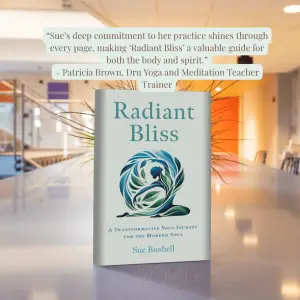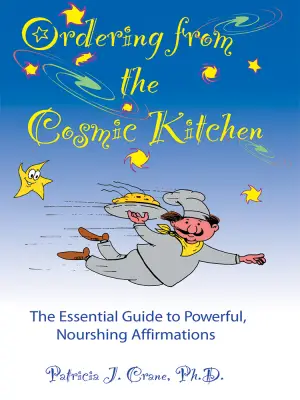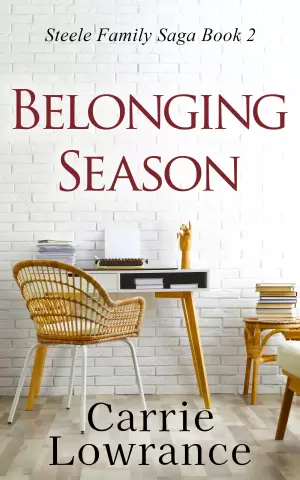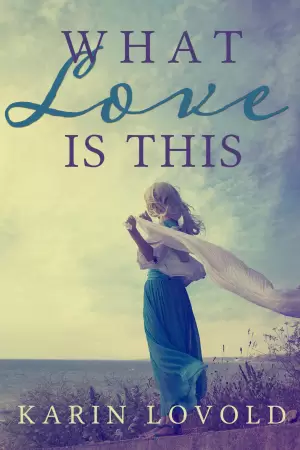Book Review: Attached: The New Science of Adult Attachment and How It Can Help You Find—and Keep—Love by Amir Levine and Rachel Heller**
When I first stumbled upon Attached, I must admit, I was skeptical. The title seemed to promise a deep dive into the complexities of love, something I was both eager and hesitant to explore. After all, navigating the tumultuous waters of adult relationships can often feel like deciphering a new language. However, with the combined insights of psychiatrist Dr. Amir Levine and psychologist Rachel Heller, I was about to embark on a transformative journey into the science behind our emotional connections.
From the outset, Attached draws you in with its engaging and relatable tone. Dr. Levine and Heller break down the intricacies of adult attachment theory—a concept grounded in the pioneering work of psychologist John Bowlby in the 1950s—into three distinct styles: anxious, avoidant, and secure. The clear and accessible language made it easy for me to identify with the various attachment styles and reflect on my own behaviors in relationships.
One of the most significant revelations for me was understanding how my anxious attachment style impacted the way I engaged in romantic scenarios. This book isn’t just a guide; it’s a mirror reflecting both our strengths and vulnerabilities in love. The personal anecdotes shared by the authors, along with relatable scenarios, helped illuminate the often invisible patterns that shape our interactions and emotions. For instance, I found this quote particularly resonant: “Your attachment needs are legitimate,” a reminder that needing connection is a natural aspect of our human experience.
The writing style is both conversational and informative, creating a reading experience that felt less like a textbook and more like a friendly chat over coffee. I appreciated the book’s pacing—thoughtful enough to delve into meaningful concepts without overwhelming the reader with jargon. Additionally, the quizzes and exercises sprinkled throughout served as practical tools for readers to assess their own attachment styles and those of their partners.
One memorable highlight was when the authors discussed the common clash between anxious and avoidant attachment styles—a dynamic that felt all too familiar. This insight not only prompted me to examine my past relationships but also empowered me to address current patterns that may be hindering my connection with others. I felt a renewed sense of hope and agency, realizing that understanding these dynamics could help me foster healthier relationships moving forward.
In conclusion, I found Attached to be a compelling read, especially for anyone navigating the often choppy waters of love. Whether you’re single, dating, or in a long-term relationship, this book offers profound insights into the intricacies of human connection. It’s not just for those grappling with attachment issues; it’s a vital resource for anyone looking to cultivate a deeper understanding of themselves and their partners.
If you’ve ever wondered why you react the way you do in relationships or sought clarity on your relational dynamics, I highly recommend picking up a copy of Attached. It might just be the key to unraveling the mysteries of your love life, just as it was for me.


